- Empty cart.
- Continue Shopping
-31%
Verigated Sapota (Chicku)
Original price was: ₹700.00.₹486.00Current price is: ₹486.00.
Genus : Manilkara
“Elevate your garden with the enchanting White Melastoma Flower Plants. Known for their pure and elegant beauty, these plants will add a touch of sophistication to your outdoor oasis. Create a serene and captivating atmosphere at home.”
Here are some key characteristics and features of the Sapota (Chikoo) fruit plant:
- Tree size: Sapota trees are typically medium-sized, reaching a height of about 40 to 50 feet (12 to 15 meters) when fully mature. They have a dense, evergreen canopy that provides ample shade.
- Leaves: The leaves of the Sapota tree are glossy, oval-shaped, and leathery in texture. They are dark green and arranged alternately on the branches.
- Fruit: The Sapota fruit, also known as Chikoo, is round or oval in shape with a rough, brownish skin. The skin is thin and easily peels away to reveal the soft, succulent pulp inside. The pulp is creamy in texture and ranges in color from light brown to reddish-brown. It has a unique, sweet flavor reminiscent of caramel or brown sugar.
- Seed: The Chikoo fruit contains several large, shiny black seeds. The seeds are usually removed before consuming the fruit.
- Harvesting: Sapota fruits are generally harvested when they are fully ripe, which is indicated by a slight softening of the fruit and a fragrant aroma. They are typically hand-picked from the tree.
- Cultivation: Sapota trees thrive in tropical and subtropical climates. They require full sun exposure and well-drained soil. The tree is relatively drought-tolerant once established but benefits from regular watering during dry periods. It may take several years for the tree to start bearing fruit after planting.
- Uses: The ripe Chikoo fruits are commonly eaten fresh. They can be sliced and enjoyed as is, or the pulp can be scooped out and used in various culinary preparations like desserts, milkshakes, ice creams, and smoothies. The fruit is highly versatile and can be incorporated into both sweet and savory dishes.


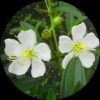


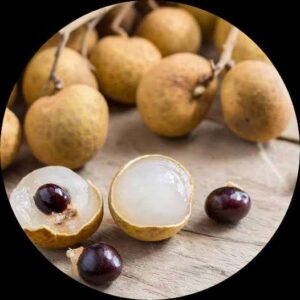
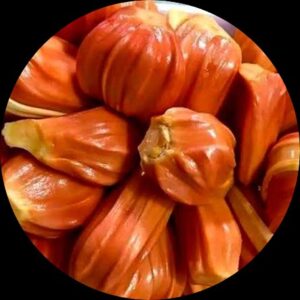
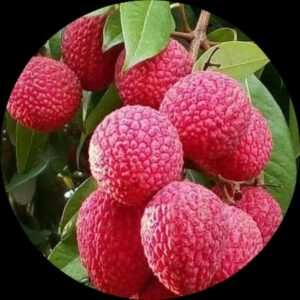
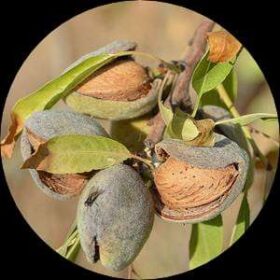

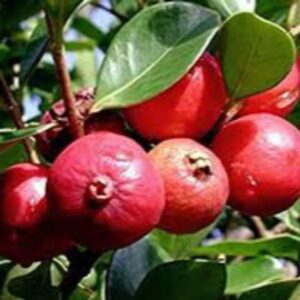
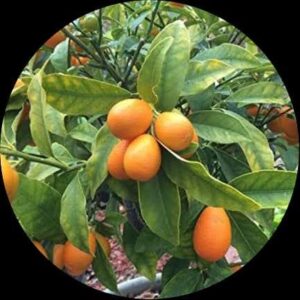

Reviews
There are no reviews yet.